Looking for a few tricks and tips to get your azaleas to bloom bigger, brighter and longer than ever?
One of the most beautiful blooming shrubs of all, the azalea bush has long been known for its vibrant flowers that signal spring is officially here. Azaleas in full bloom are stunning. In fact, their flowers can be so dense, it’s often hard to see the slightest bit of their shiny foliage lying underneath all of that massive flower power.
Often the first shrub to provide spring color, azaleas can quickly bring a landscape to life after a long, bleak winter. And are those colors ever something to behold! Azalea varieties can be found flowering in a near endless array of bright hues that in the sunlight, almost appear neon-like
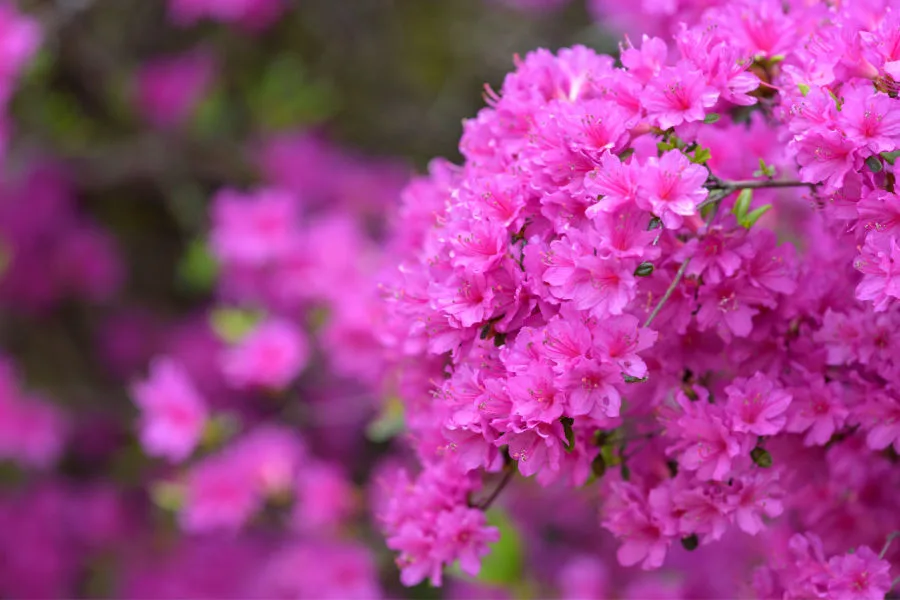
But establishing azaleas and getting them to thrive can be a bit tricky for some gardeners. Especially when it comes to getting them to bloom strong and bright year after year. Azaleas, unfortunately, have a bad reputation among many gardeners when it comes to keeping their bloom cycle strong.
But here is the good news – that reputation is really not fair at all to this gorgeous flowering shrub. Azaleas are actually quite easy to keep healthy and flowering strong each and every year. Even better, as you will see below, all without a lot of fuss, work or hassle.
Growing Azaleas – How To Get Your Azaleas To Bloom Big!
A properly located and cared for azalea bush should bloom every spring for a solid two to three week period. When it doesn’t, the problem usually boils down to a short list of potential issues:
- Wrong variety planted for the climate (unable to fix!)
- Improper planting location / sunlight
- Watering
- Fertilizing
- Improper pruning
- Soil Condition
Selecting The Right Variety For Your Area
The first issue on the list is the only problem that is not fixable. Sometimes, when an azalea struggles to bloom or even survive, it is simply because the variety planted can’t handle the climate where it is growing.
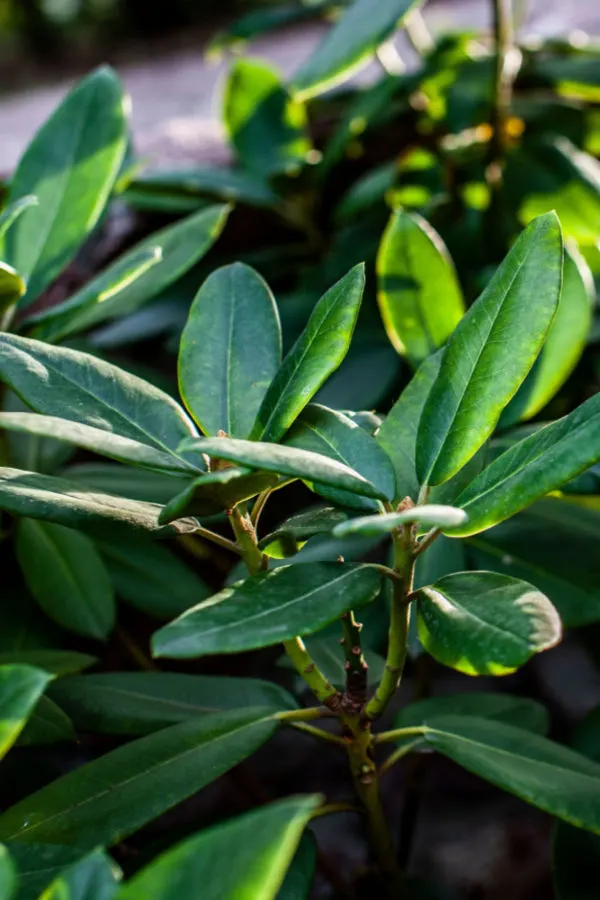
When this is the case, unfortunately, little can be done to help the plant survive or bloom. While most azaleas are unable to handle extremely cold winters, other varieties can survive and bloom just fine in those conditions.
Selecting An Azalea
As a member of the Rhododendron family, azaleas share many of the same growing patterns as their cousin the rhododendron. Like rhododendrons, azaleas can be found in both evergreen and deciduous varieties that lose their foliage each winter.
From dwarf varieties that mature to just a few feet in height, to larger types that soar to ten to twenty feet or more, there is an azalea to fit every space. But the key is to select one that grow best in your specific growing zone!
As mentioned above, climate plays a key role in the success of an azalea bush. Known by many as a southern blooming shrub, there are actually many varieties that are actually hardy to temperatures as low as 20 below zero Fahrenheit.
Typically, cold hardy varieties struggle to survive in the warmer climates of the south. Likewise, azaleas that thrive in the warm, hot and humid south typically cannot survive the northern winters. When selecting your azaleas, always be sure to select a variety specifically designed for your climate to ensure the best chance for success.

Now that we have covered planting the right azalea for your area – let’s get into how to get those plants to bloom big! And when it comes to blooming success, it all starts with making sure your bush is planted right, and in the best possible location.
Planting and Locating Azaleas – How To Get Azaleas To Bloom Big
Where to plant your azaleas for big blooms depends on your location. Although azaleas are generally a shrub that enjoys more shade than sun, to thrive and bloom in the northern states, they need to grow in a bit sunnier location.
This helps to warm the plant early and produce more prolific bloom cycles. In northern climates, a good rule of thumb is to plant azaleas in locations that receive at least 4 to 6 hours of full sunlight.
When planting in warm southern climates, place shrubs in a location that receives more shade than sun. Unfortunately, the hot summer sun will take its toll on the foliage of plants with too much exposure in the south. No more than 3 to 4 hours of direct sunlight is best for southern locations.
No matter where you live, planting or transplanting azaleas in the early spring is best. It allows the plants time to establish in the soil before the heat of summer sets in. Fall planting can occur in southern climates, but a cool winter can certainly adversely affect late season plantings.
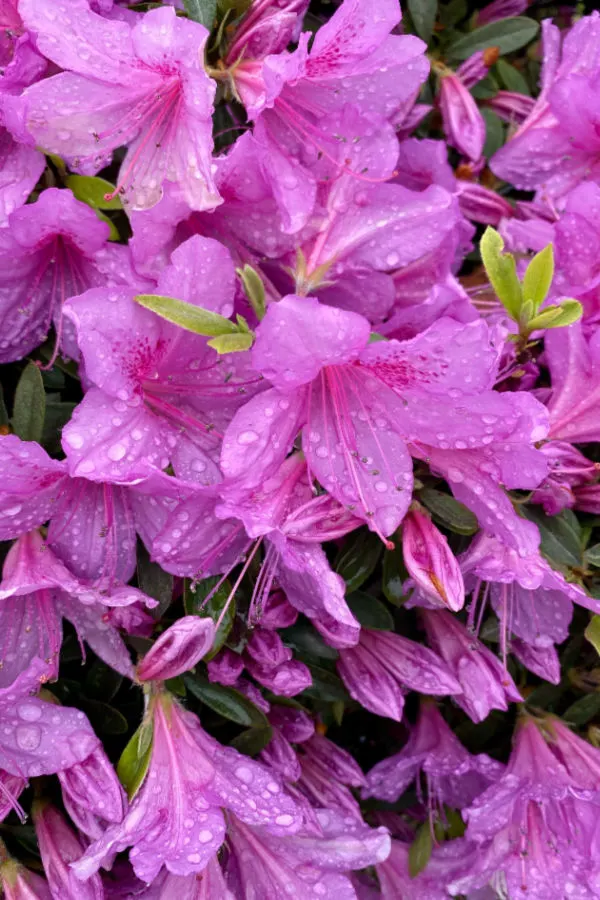
For that reason, planting azaleas in the north in mid to late fall is never a good idea. There is simply too much chance for winter injury. As for how exactly how to plant or transplant, we have included a section at the end of the article that covers planting in-depth.
Watering – How To Get Azaleas To Bloom Big!
Azaleas need a fair amount of water to flourish. Especially to help their blooms reach full potential. If plants are not receiving at least 1″ of rainfall per week, supplement with hand watering. Continue watering from spring through fall to give the plant the moisture it needs.
Water at the base of plants to avoid soaking the leaves. This is even more important for younger bushes that have been growing for just a year or two. Azaleas are prone to mold and fungus. Unfortunately, excess water laying on the foliage encourages both to occur in short order.
To avoid these issues, always water in the early morning. This allows the leaves to dry quickly with the warmth of the day.
Fertilizing For Success – How To Get Your Azaleas To Bloom Big!
Azaleas benefit greatly from a yearly dose of fertilizer to help promote fuller bloom cycles. But when and what you use to fertilize the bush is extremely important to their overall flowering success.
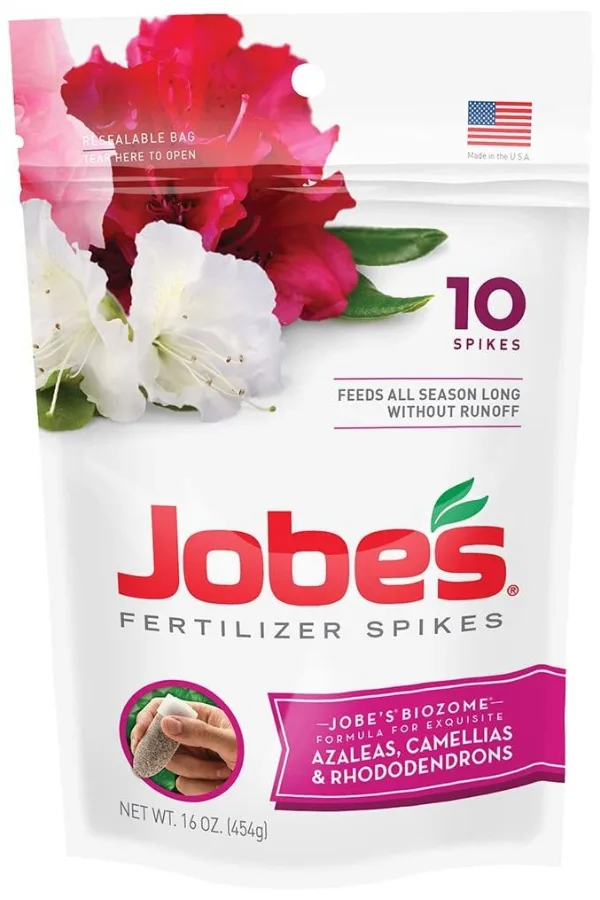
Many common plant fertilizers are not formulated to handle the nutrient and PH needs of azaleas. Be sure to use a fertilizer specifically created for the Rhododendron family of acid loving plants. For large azalea bushes, fertilizer spikes do a great job of slowly and easily feeding plants. Affiliate Product Link : Azalea Fertilizer
To power bloom sets, it is best to fertilize azaleas right after they complete their bloom cycle in the spring. This encourages the plant to build up, save and store energy for the following year’s blooms.
Most often, one application is more than enough. However, if your bush has struggled to bloom in the past few years or looks weak, a second application in mid to late June can provide extra power. There is no need to power the plants in early spring before they bloom as it will not help this year’s blooms in the least.
One thing you do not want to do is fertilize any more after the 1st of August. This can power late growth that can leave the bush susceptible to winter damage.
Pruning
Azaleas do not require pruning to continue blooming from year to year. Shaping and cutting back can occur if the plant is a bit out of control, but the timing of the pruning is extremely important. Azaleas, like rhododendrons, form their flowering buds in the summer for the following year.
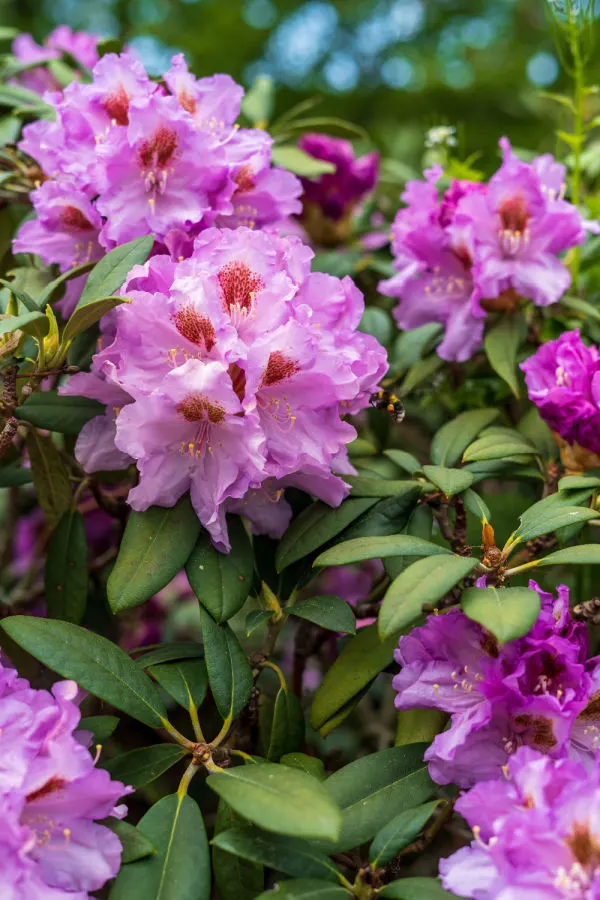
If you prune an azalea in the summer or fall, you will be removing the buds. Because of this, it will not flower the following spring. Unfortunately, untimely pruning is often the culprit for azalea plants that don’t bloom, as their future blooms were cut off in late summer or fall.
If pruning is needed, cut the plant back as soon as it finishes blooming. This allows time for summer growth and for buds to form for the following spring.
Soil Requirements For Growing Azaleas
As a fellow member of the Rhododendron family, azaleas prefers a more acidic soil for strong growth. PH levels should range somewhere between 4.0 and 5.0 for optimum growth. A soil that is too alkaline will result in poor plant growth, and with little to no blooms in the spring.
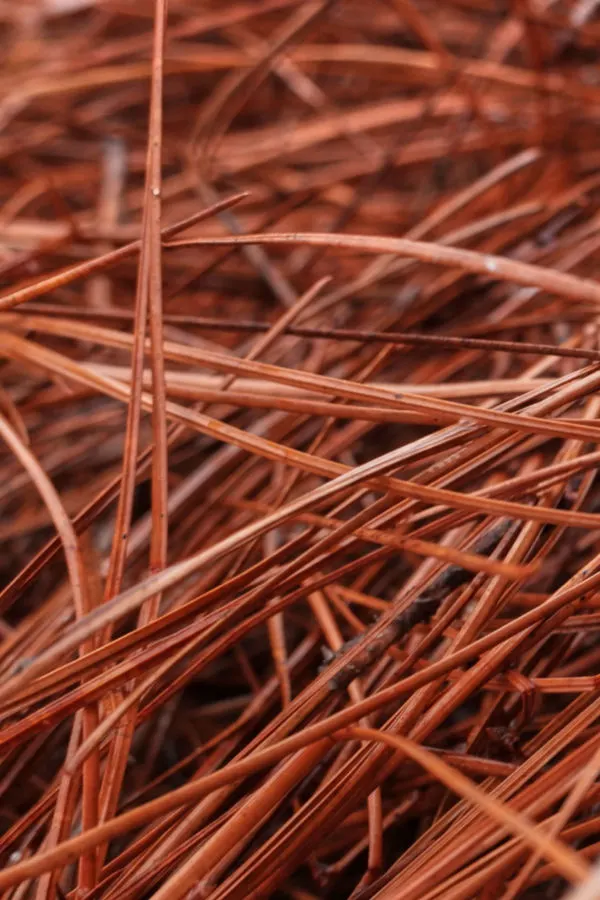
If your soil leans to the alkaline side, you can amend it with ammonium sulfate to help lower the PH. In addition, mulching with pine bark or fresh needles can help to lower the PH over time as well. Fresh green pine needles are best as they have more acid to release to the soil than dry needles.
How To Plant Azaleas
When planting, dig the planting hole to twice the circumference of the potted plant. Amend the planting hole with 25% compost to help supply vital nutrients and loosen the soil. Azaleas can suffer if they sit in too much moisture and the compost will help promote better drainage.
Plant with the top surface level of the potted plants slightly above the soil line. This again will help excess water drain away from the crown and prevent rot.
Mulch with a 3 to 5 inch layer of pine nuggets, pine needles, shredded oak leaves or straw to help the plants retain moisture. Avoid using hardwood bark mulches as they can raise the PH level over time as they break down. For more azalea growing tips, be sure to check out our article: What To Do With Azalea Bushes After They Bloom – 2 Must Do Chores For Big Blooms Next Year!
Here is to getting the most out of your azaleas this year and beyond! For more on shrub and bush care, check out our Shrub Section on the website!
Follow Our Facebook Page For Great Gardening Tips And Advice! This Is My Garden Facebook Page
This Is My Garden is a garden website created by gardeners, for gardeners. Jim and Mary Competti have been writing gardening, DIY and recipe articles and books and speaking for over 15 years from their 46 acre Ohio farm. They publish three articles every week, 52 weeks a year. Sign up today to follow via email, or follow along!
